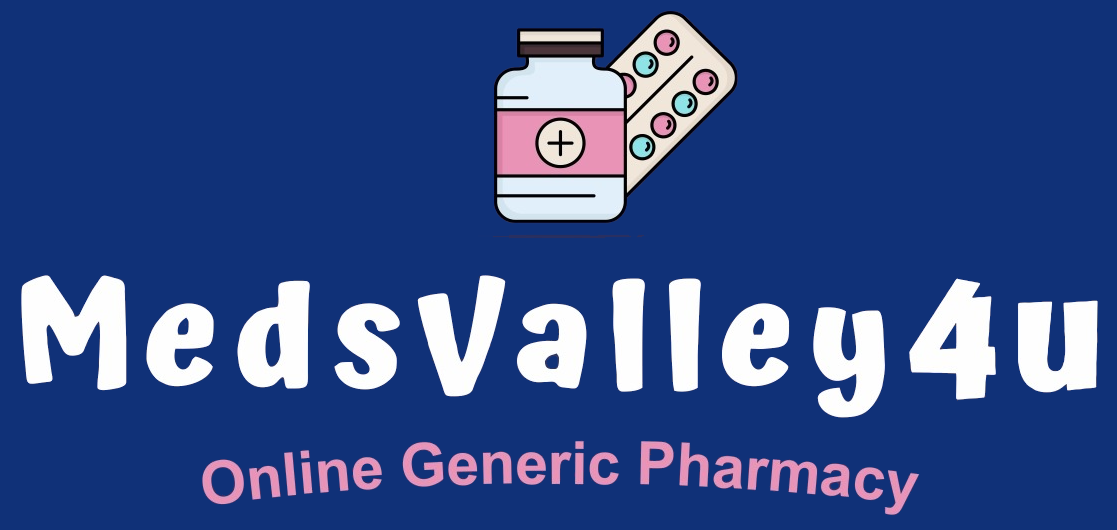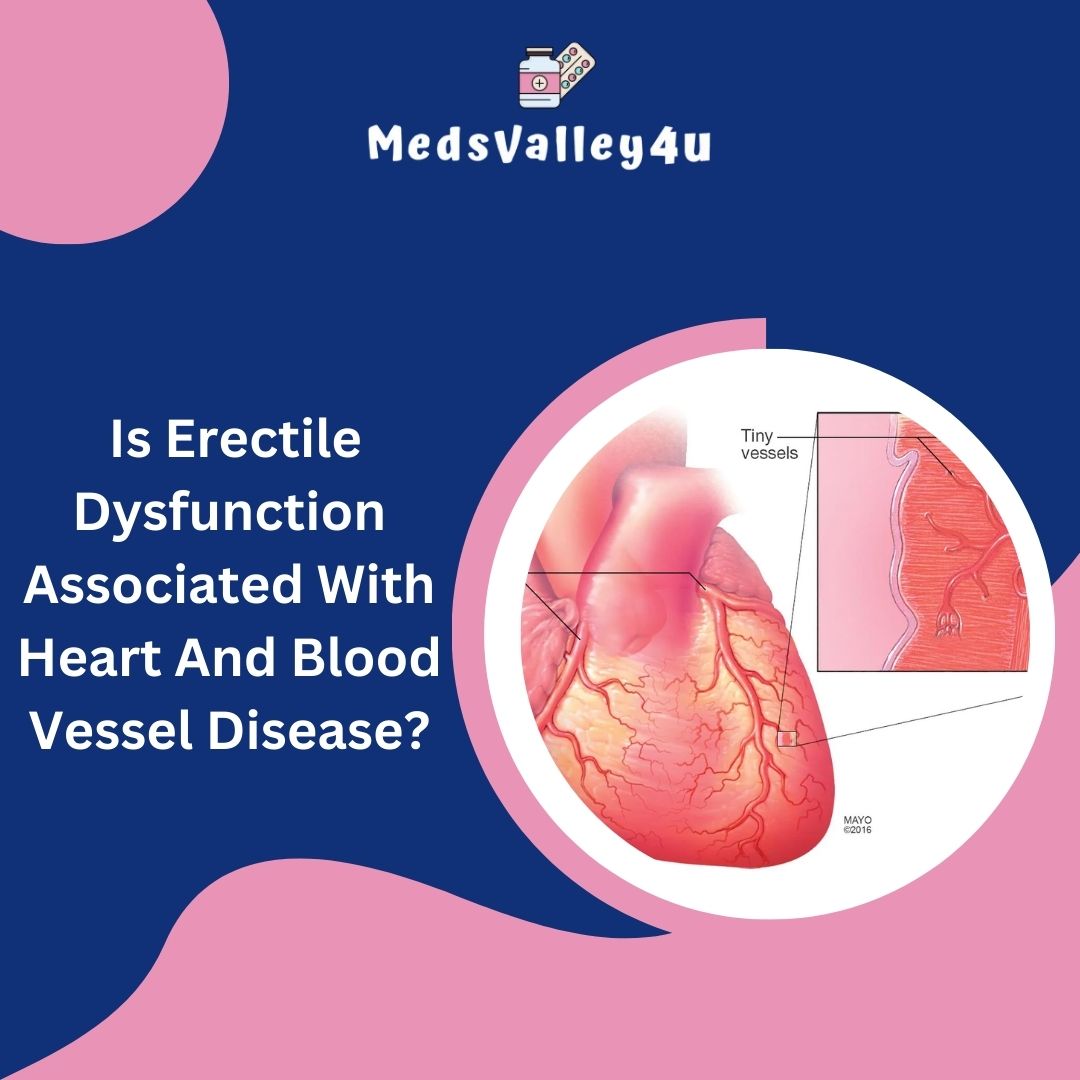Connection between Erectile Dysfunction and Heart Disease:
Erectile dysfunction (ED) is not only a common sexual health issue but also a potential indicator of underlying cardiovascular disease (CVD). The relationship between ED and heart and blood vessel disease is well-established, and understanding this connection can be crucial for early diagnosis and treatment of both conditions. Here’s a detailed explanation of the association between erectile dysfunction and cardiovascular disease:
1. Understanding Erectile Dysfunction (ED)
- Definition: Erectile dysfunction is the inability to achieve or maintain an erection sufficient for satisfactory sexual performance. It can be a temporary or chronic condition and affects men of various ages, though it becomes more common with advancing age.
- Causes of ED: ED can have multiple causes, including psychological factors (stress, anxiety, depression), hormonal imbalances, neurological conditions, and vascular (blood vessel) issues.
2. The Link Between ED and Cardiovascular Disease
- Shared Risk Factors: ED and cardiovascular disease share many of the same risk factors, including:
- Hypertension (High Blood Pressure): High blood pressure damages blood vessels, reducing their ability to carry blood efficiently, which is essential for an erection.
- Atherosclerosis: This condition, characterized by the buildup of plaque in the arteries, is a common cause of both heart disease and ED. Plaque reduces blood flow throughout the body, including to the penis.
- Diabetes: Diabetes damages blood vessels and nerves, both of which are essential for achieving an erection. It also increases the risk of heart disease.
- High Cholesterol: Elevated cholesterol levels contribute to the formation of plaques in the arteries, leading to reduced blood flow, which can cause both ED and cardiovascular problems.
- Obesity: Excess weight is associated with a higher risk of both ED and cardiovascular disease due to its impact on blood pressure, cholesterol levels, and overall vascular health.
- Smoking: Smoking damages blood vessels and impairs blood flow, increasing the risk of ED and heart disease.
- Sedentary Lifestyle: Lack of physical activity contributes to many of the risk factors mentioned above, including obesity, diabetes, and cardiovascular disease, which in turn can lead to ED.
- Vascular Health and ED: Erections rely on the proper functioning of blood vessels, particularly the ability of the penile arteries to dilate and allow increased blood flow. ED often results from vascular dysfunction, making it an early warning sign of atherosclerosis and other cardiovascular diseases.
3. ED as a Predictor of Cardiovascular Disease
- Early Indicator: ED can often precede cardiovascular events such as heart attacks or strokes by several years. This is because the penile arteries are smaller and may show signs of blockage or dysfunction before larger arteries in the heart or other parts of the body.
- Severity and Prognosis: The severity of ED can correlate with the severity of cardiovascular disease. Men with severe ED are more likely to have more advanced or extensive atherosclerosis.
4. Pathophysiology of the Connection
- Endothelial Dysfunction: The endothelium is the inner lining of blood vessels, responsible for regulating blood flow and vessel dilation. Endothelial dysfunction, a common factor in both ED and cardiovascular disease, impairs this regulation, leading to reduced blood flow.
- Nitric Oxide (NO) Pathway: Nitric oxide is crucial for the dilation of blood vessels, including those in the penis. In both ED and cardiovascular disease, the nitric oxide pathway is often impaired, leading to poor vascular health and insufficient blood flow.
5. Clinical Implications
- Screening and Diagnosis: Men presenting with ED, especially those with no obvious psychological cause, should be evaluated for cardiovascular risk factors. This includes assessments of blood pressure, cholesterol levels, blood sugar levels, and lifestyle factors.
- Risk Management: Addressing cardiovascular risk factors in men with ED can improve both conditions. Lifestyle changes, such as adopting a healthy diet, exercising regularly, quitting smoking, and managing stress, are essential. Medications for high blood pressure, high cholesterol, or diabetes may also be necessary.
6. Treatment Considerations
- Phosphodiesterase Type 5 Inhibitors (PDE5 Inhibitors): Drugs like sildenafil (Viagra), tadalafil (Cialis), and vardenafil (Levitra) are commonly used to treat ED by enhancing the effects of nitric oxide, improving blood flow to the penis. However, their use should be carefully considered in men with cardiovascular disease, especially those taking nitrates, as the combination can lead to dangerous drops in blood pressure.
- Cardiovascular Health Improvement: Improving cardiovascular health through lifestyle changes and medication can also improve ED. In some cases, treating the underlying heart condition can alleviate ED symptoms.
- Collaborative Care: Management of ED in patients with cardiovascular disease often requires a multidisciplinary approach, involving urologists, cardiologists, and primary care physicians to ensure that both conditions are treated effectively and safely.
7. Preventive Measures
- Regular Health Check-ups: Regular monitoring of cardiovascular health is important, especially for men with ED, to prevent the progression of both cardiovascular disease and erectile dysfunction.
- Lifestyle Modifications: Adopting a heart-healthy lifestyle can prevent or delay the onset of ED. This includes a diet rich in fruits, vegetables, whole grains, and lean proteins, along with regular physical activity, weight management, and avoiding smoking and excessive alcohol consumption.
8. Psychological Aspects
- Impact on Mental Health: Both ED and cardiovascular disease can have significant psychological impacts, leading to stress, anxiety, depression, and relationship issues. Addressing these psychological factors is crucial for overall well-being.
- Counseling and Support: Psychological support, including counseling or therapy, can be beneficial for men dealing with ED, particularly when it’s associated with cardiovascular disease. Supportive therapy can help address feelings of anxiety, improve self-esteem, and enhance relationship satisfaction.
Read Other Posts:
- The Treatments Available For Male Erectile Dysfunction
- The Primary Six Causes Of Male Erectile Dysfunction
- Which Medicines Are Effective for Treating Erectile Dysfunction?
- What Women Feel And Think About Sexual Desire?
Conclusion:
Erectile dysfunction is closely associated with heart and blood vessel disease due to shared risk factors and underlying pathophysiological mechanisms. ED can often serve as an early warning sign of cardiovascular issues, making it important for men experiencing ED to undergo a thorough cardiovascular evaluation. By understanding this connection, men and healthcare providers can take proactive steps to manage both conditions, improve quality of life, and reduce the risk of serious cardiovascular events. Addressing lifestyle factors, maintaining regular check-ups, and seeking appropriate treatment are key to managing both erectile dysfunction and cardiovascular disease effectively.







Write a comment
Your email address will not be published. All fields are required